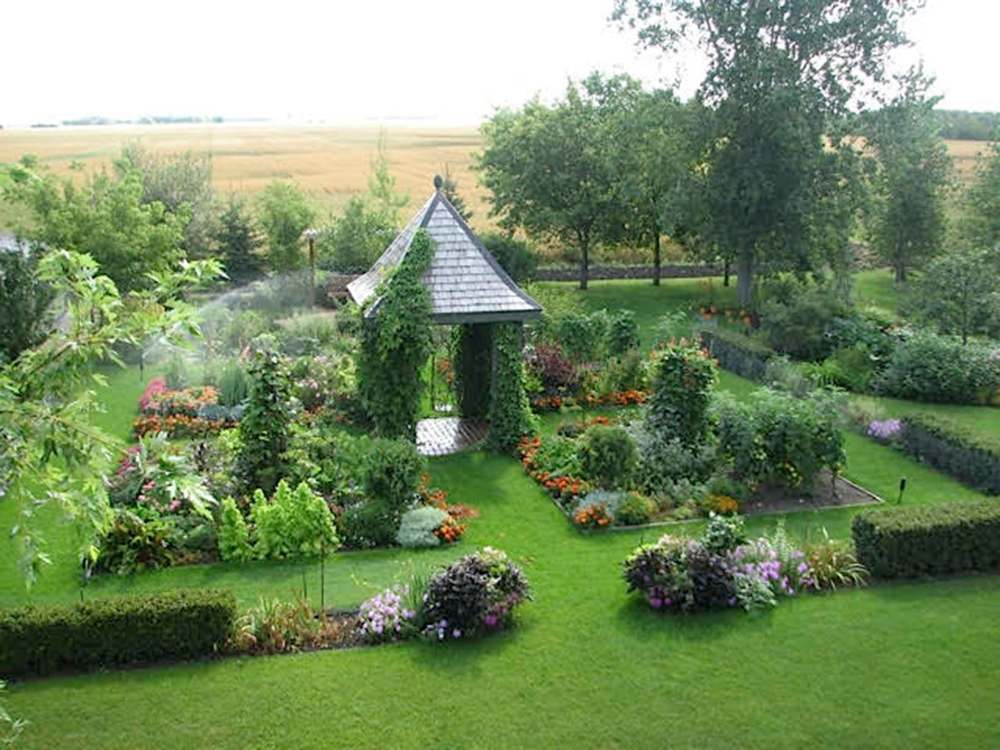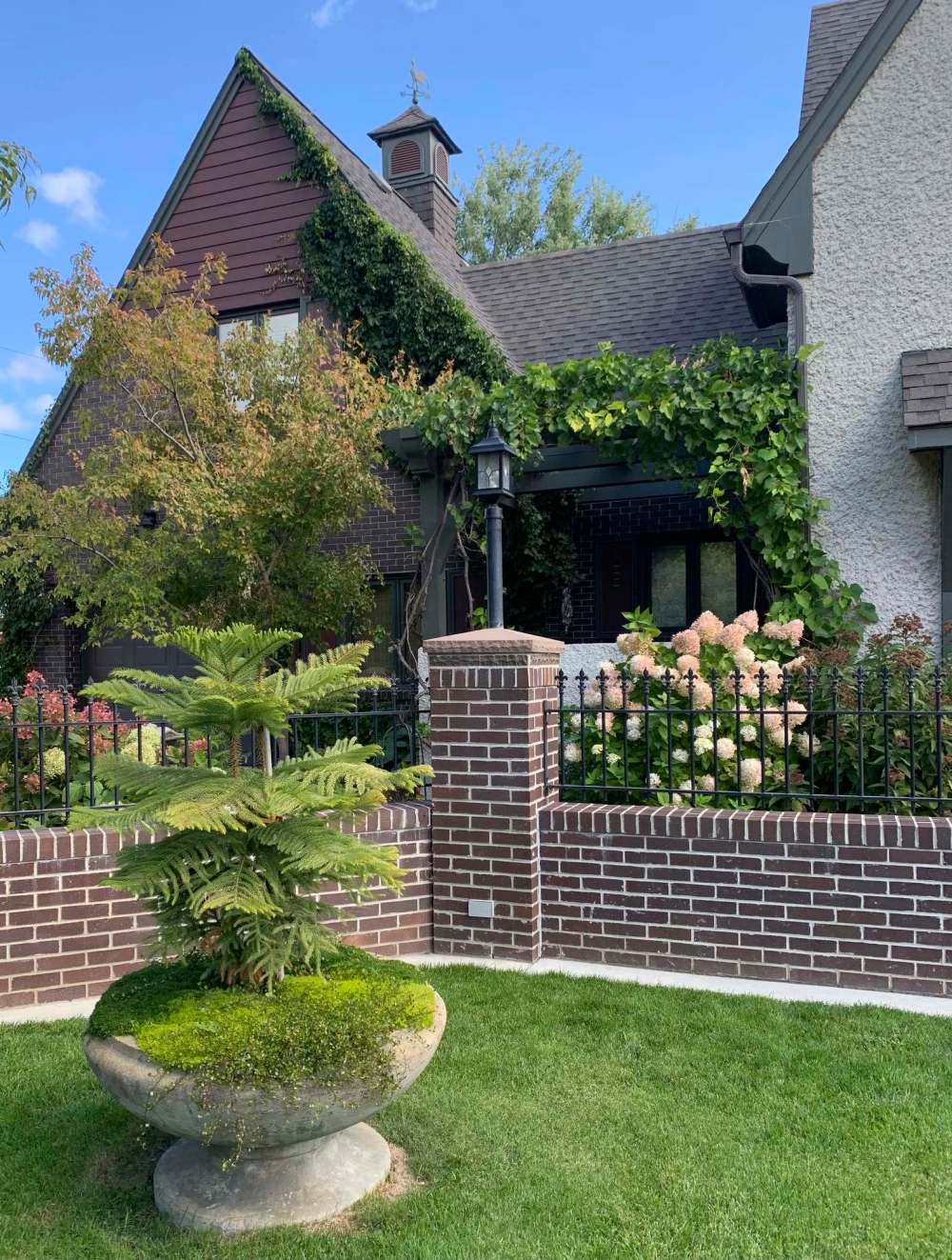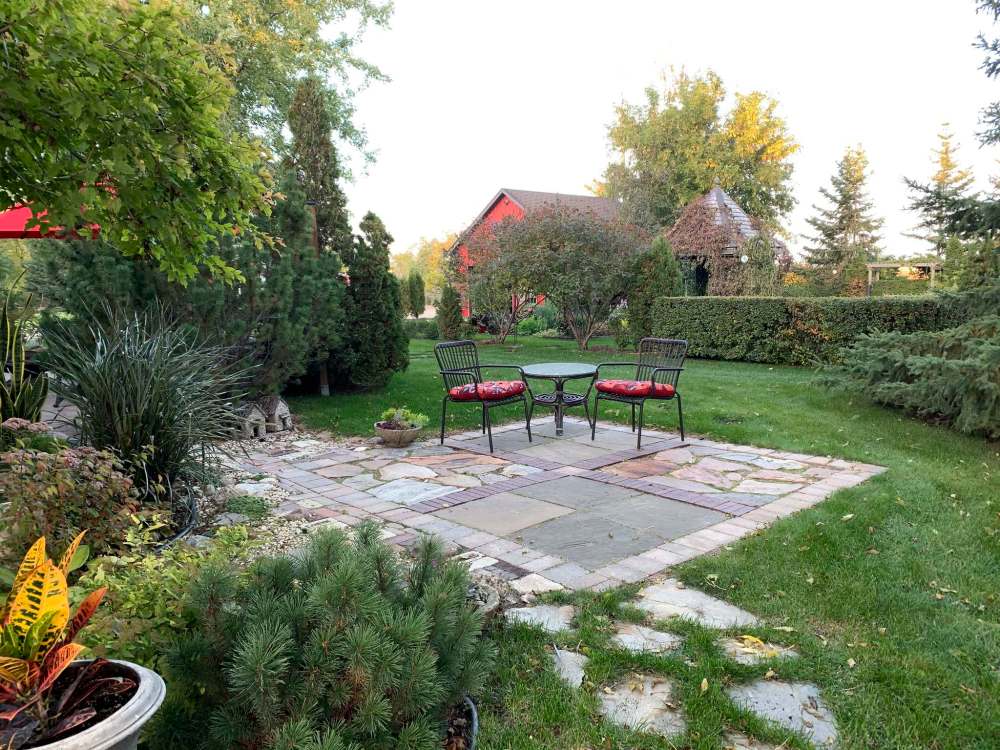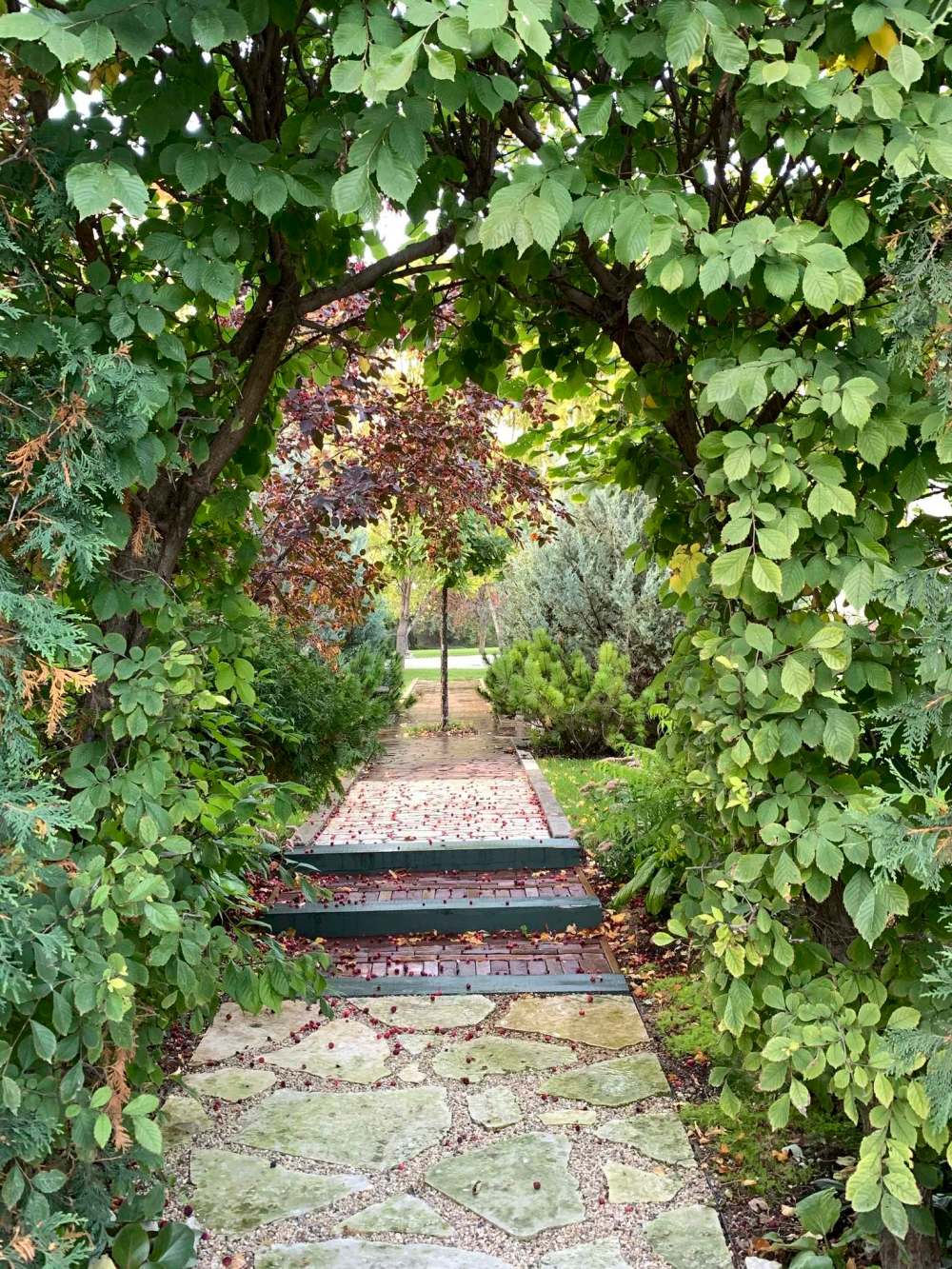Legends of the folly
Landmark artist an extravagant garden designer
Advertisement
Read this article for free:
or
Already have an account? Log in here »
To continue reading, please subscribe:
Monthly Digital Subscription
$1 per week for 24 weeks*
- Enjoy unlimited reading on winnipegfreepress.com
- Read the E-Edition, our digital replica newspaper
- Access News Break, our award-winning app
- Play interactive puzzles
*Billed as $4.00 plus GST every four weeks. After 24 weeks, price increases to the regular rate of $19.00 plus GST every four weeks. Offer available to new and qualified returning subscribers only. Cancel any time.
Monthly Digital Subscription
$4.75/week*
- Enjoy unlimited reading on winnipegfreepress.com
- Read the E-Edition, our digital replica newspaper
- Access News Break, our award-winning app
- Play interactive puzzles
*Billed as $19 plus GST every four weeks. Cancel any time.
To continue reading, please subscribe:
Add Winnipeg Free Press access to your Brandon Sun subscription for only
$1 for the first 4 weeks*
*$1 will be added to your next bill. After your 4 weeks access is complete your rate will increase by $0.00 a X percent off the regular rate.
Read unlimited articles for free today:
or
Already have an account? Log in here »
Hey there, time traveller!
This article was published 28/11/2020 (1745 days ago), so information in it may no longer be current.
Have you been to London to visit the garden follies? Lenora Kehler will never forget the first time she laid eyes on a folly. The year was 2016. Kehler was touring the gardens of Great Britain as part of an organized garden tour accompanied by expert tour guide Sara Williams; she knew immediately that she would design her own as soon as she returned to her home in Landmark.
A folly is an architectural garden structure. It may have no purpose other than to look outstanding or to add an eccentric or whimsical element to the landscape. The use of follies became prevalent in the English landscape garden of the 1700s, an influential period in the development of landscape design when there was a movement away from the extremely formal design that characterized the landscapes of many countryside estates in Europe. The style of follies in 18th-century Europe was often based on classical Greek and Roman architecture.
Designed to be ornamental, these freestanding, sculptural, roofed structures vary in scale and proportion and typically afford views of the landscape from all sides, as well as protection from the elements. A folly is featured in the 2005 remake of Pride & Prejudice in a scene where Lizzie Bennet and Mr. Darcy take refuge during a downpour.

While there are many historic examples of follies throughout Europe, there are follies on this side of the pond, too. One of the more famous examples is the Glorietta. Inspired by a Roman temple, the Glorietta was built in 1903 at Sonnenberg Mansion, which today is a state historic park in New York.
Today, bespoke follies based on historical garden design can be custom ordered. Prince Charles had a pair of oak follies that are reminiscent of Greek temples designed for his estate garden at Highgrove House in Gloucestershire, England. In the U.K., Chapter House Designs offers garden folly kits for its customers. Individual architectural folly components such as weathered wall capping stones, buttress stones, decorative wall panels, and even Doric columns and pedestals can be purchased. Another company in the U.K., Brampton Willows, makes bespoke garden follies entirely of willow. In Ontario, Neil Turnbull Limited advertises finely crafted follies. Turnbull hails from England.
Kehler lives in Landmark, a small community located about 30 kilometres southeast of Winnipeg. She has no English ancestry — she is of Dutch-Prussian descent — but she has always been in love with English garden design. Her 1.5-acre property includes many elements of formal English garden style. But more about that later.
What intrigued Kehler most about a folly was its definition as an unnecessary, extravagant structure with no practical value. An artist who creates beautiful ink drawings, Kehler also works with a range of materials including metal, stone, tile and concrete. She created a detailed design for a circular, large-scale folly complete with pillars and a filigree wrought-iron dome. “I took a beach ball and divided it into 12 wedges and then drew the iron design the way I wanted it,” says Kehler. The next step was to ensure the materials she needed would be available.
Sometimes it’s hard to be a woman. At times, when Kehler has approached a builder and presented one of her designs with its precise specifications for a structural element she can’t build herself — such as the six-metre-high folly with its circular four-metre wrought-iron dome — she has faced skepticism and been second-guessed.

One Winnipeg builder told her flat out her design for the wrought-iron dome would be a structural failure and would need modifications. Kehler had every confidence in her design so looked elsewhere. Steinman Ornamental Ironworks, located in Steinbach and owned by Garnet Enns, constructed the dome to Kehler’s specifications.
A pier foundation (shallower in depth than a pile foundation) was created to support the structure of the folly. Kehler sourced architectural column, to which she added a coat of primer paint and then a coat of dark brown paint. Using a sponging technique she applied three different colours for an antique finish. She purchased a pineapple ornament for the top of the folly from Spectis Moulders in Niverville, which manufactures high-quality polyurethane architectural products.
Kehler installed a stone floor with a circular pattern and at the base of the folly she added a low (60 cm) stone wall. A swing is suspended from a removable iron bar at the top of the dome.
In front of the folly, Kehler incorporated a checkerboard pattern with concrete pavers and lush squares of grass. It could just as well be a chess board. Kehler, who plays chess, has thought about carving giant chess pieces. The folly sits in a spacious, open area of Kehler’s property against a distant backdrop of trees. When I visited Kehler’s garden this past summer I didn’t expect to come upon a folly and gasped. It is an exquisite sight.
Would you like to see the rest of the garden?
For her front yard, Kehler designed a 21-metre brick wall with an iron railing punctuated with brick pillars and black metal lamp posts. The ironwork was created by Steinman Ornamental Ironworks. The brick and wrought-iron wall is not on the property line but instead situated near the front of her yard. On one side is the walkway leading to her front door. On the other side, the wall acts as an enclosur leading to her front garden, which features a linear pathway. The brick and iron wall complements the brick house she and her husband built 21 years ago.

Look up and you will see a wooden cupola that Kehler designed and built that sits on the ridge of the roof.
Kehler says her backyard is her favourite part of her landscape. There is a parterre-like garden space that consists of four four-metre squares. In each of the squares Kehler grows flowers and vegetables and plants them together in random patterns. Accents include vertical elements, formal paths and wrought iron gates.
In the centre there is a vine-covered garden house with a steeply sloped roof topped with an ornamental pineapple. Kehler designed the garden house as a place of shelter that can be accessed on all four sides. It has a stone floor and no walls. A swing is suspended from the ceiling and is a popular place for her grandchildren to sit.
“When I am working in the garden, I am a few steps away from shade and relaxation whenever I need it,” she says.
Kehler also constructed a pathway through a leafy archway using a mix of salvaged timber, brick, limestone, and pea gravel. “I’m a bit of a scavenger,” says Kehler who loves working with stone and concrete and gathers and saves hardscaping materials she knows she will eventually put to good use. The materials for her patio, for example, consist entirely of leftover stone and brick.

The design and structural elements of Kehler’s garden would be perfectly at home anywhere in England.
colleenizacharias@gmail.com

Colleen Zacharias
Gardening columnist
Colleen Zacharias writes about many aspects of gardening including trends, plant recommendations, and how-to information that is uniquely relevant to Prairie gardeners. She has written a column for the Free Press since 2010 and pens the monthly newsletter Winnipeg Gardener. Read more about Colleen.
Every piece of reporting Colleen produces is reviewed by an editing team before it is posted online or published in print — part of the Free Press‘s tradition, since 1872, of producing reliable independent journalism. Read more about Free Press’s history and mandate, and learn how our newsroom operates.
Our newsroom depends on a growing audience of readers to power our journalism. If you are not a paid reader, please consider becoming a subscriber.
Our newsroom depends on its audience of readers to power our journalism. Thank you for your support.


